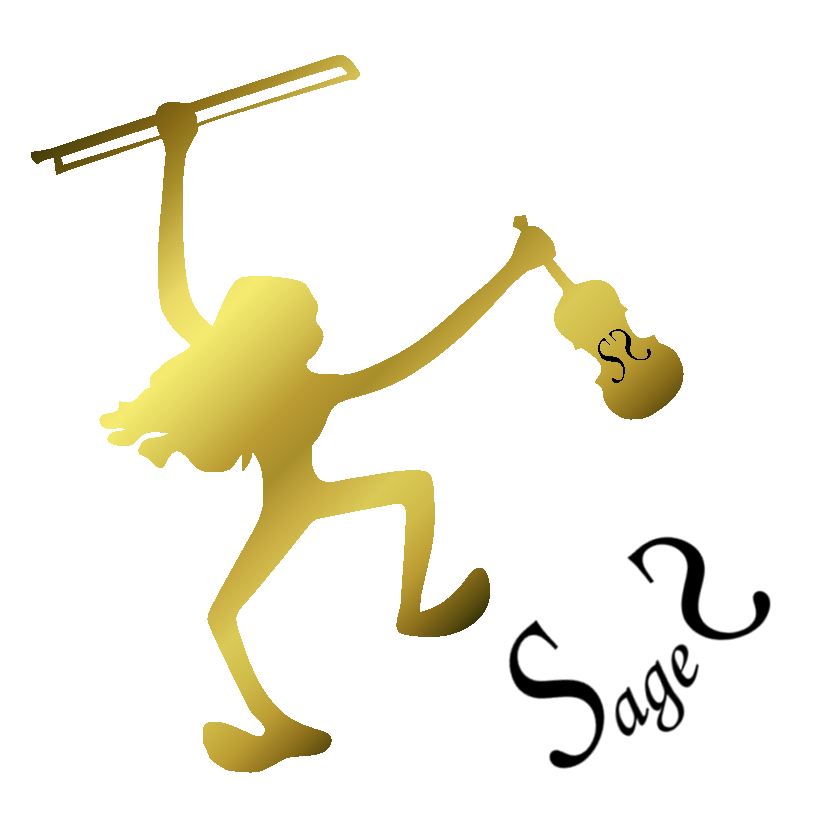During my Fall 2013 internship at the Smithsonian National Museum of American History, I regularly performed fiddle on the National Mall, in the museum’s lobby, and even within the “Price of Freedom” exhibit, where I ran my own program on Civil War Music. I even got to play on one of the museum’s Stradivarius violins!
You can read more about my experience here:
Or you can read the text below.
Fiddling the Civil War
The moment I saw Solomon Conn’s fiddle displayed in the Civil War section of the Price of Freedom exhibition, I felt relief: someone in history had taken even worse care of his violin than I did, and yet, it had STILL ended up featured in the National Museum of American History.
Solomon Conn, a Civil War soldier with Company B of the 87th Indiana Volunteers, recorded a list of his travels and battles on the back of his “Greffuhle” violin, turning the instrument into a unique document of his adventures and military record (image courtesy of the NMAH).
Conn’s fiddle may be very different from the elegance of the Stradivari instruments in the museum’s collection, but the fact that Solomon carried it with him throughout his Civil War travels and used it as a travel diary proves that it must have been important to him and to other soldiers in his regiment. I spent much of my internship trying to imagine and recreate the life of that fiddle on my own well-worn violin (admittedly, I have not inscribed a diary onto mine, but I have named the unintentional scratches that have become my historical legacy in my violin’s life).
In the course of my research, I discovered that music was an essential part of life during the Civil War for soldiers and civilians on both sides of the war. More than just offering a break from the miseries of battle and camp life, music was part of larger political and military battles raging throughout the war.
My Civil War project started with my belief that the best way to make musical history “come alive” for visitors would be to let them experience this music first-hand in a way comparable to how soldiers would have listened to and created music. Drawing on my own old-time fiddle repertoire as well as my readings on Civil War music and history, I chose a variety of songs that would be historically informative and yet relevant and entertaining. I also researched different lyrics that people might have sung to the same melodies (e.g., southern vs. northern soldiers, civilians, colored regiments, etc.) and used them to create my own “songster” for visitors to read and sing from. After learning the history and how to play the fiddle tunes, instrumental and vocal versions of the songs, and accompaniment parts to allow visitors to sing, I sat down with my songster in the exhibit and began fiddling.
Here are some of the songs I played:
- John Brown’s Body/The Battle Hymn of the Republic: Basically the anthem of the North
- Dixie: Though the song was written by a northener, this became the anthem of the South
- Lorena: There were so many words in this popular “sweetheart ballad” that I never finished singing it
- Soldier’s Joy: The name of a Civil War drink (beer, whiskey, and morphine), and the name of a still popular fiddle/dance tune—both guaranteed to bring soldiers “joy”
- Cumberland Gap: Fiddle tune about a highly contested gap in the Appalachian Mountains
- Home Sweet Home: Universally popular, but sometimes banned for inciting desertion!
- Hard Times/Tack Come Again No More: Classic Stephen Foster song and soldier parody
- When Johnny Comes Marching Home: Patrick Gilmore’s optimistic rewrite of an anti-war Irish song
- Kingdom Coming: An abolitionist minstrel tune—popular with African American soldiers, but sung on both sides
- Maryland My Maryland: Confederate song about the Civil War’s first casualties, it’s still Maryland’s state song!
- Nearer My God to Thee: Not just the “Titanic song,” this hymn was played on the battlefield as survivors retreated from Pickett’s charge
- Arkansas Traveler: A tune used in a minstrel skit about a hillbilly fiddler and city-slicker uniting over music
- Grey Eagle: Fiddle tune about a famous, defeated racehorse, Grey Eagle, who sired defeated Robert E. Lee’s horse, Traveller
- Other Civil War era fiddle tunes: Red Haired Boy, Devil’s Dream, Fisherman’s Hornpipe, etc.
Overall, I hope my program allowed visitors to experience some new and familiar ways that music inspired joy, comfort, hope, anger, pride, nostalgia, and all sorts of powerful emotions and ideas in people living more than 150 years ago.
Not only was it incredible to learn more about history behind the music (and country) I unconsciously interact with all the time, but I especially loved being able to share the joy of fiddle music with many people who had never heard it before. I got to show visitors of all backgrounds, from babies to professional music teachers, how music is learned orally, how complex, beautiful, and fun American fiddle music can be, and how important a part of life this music was during the Civil War and can be today.



